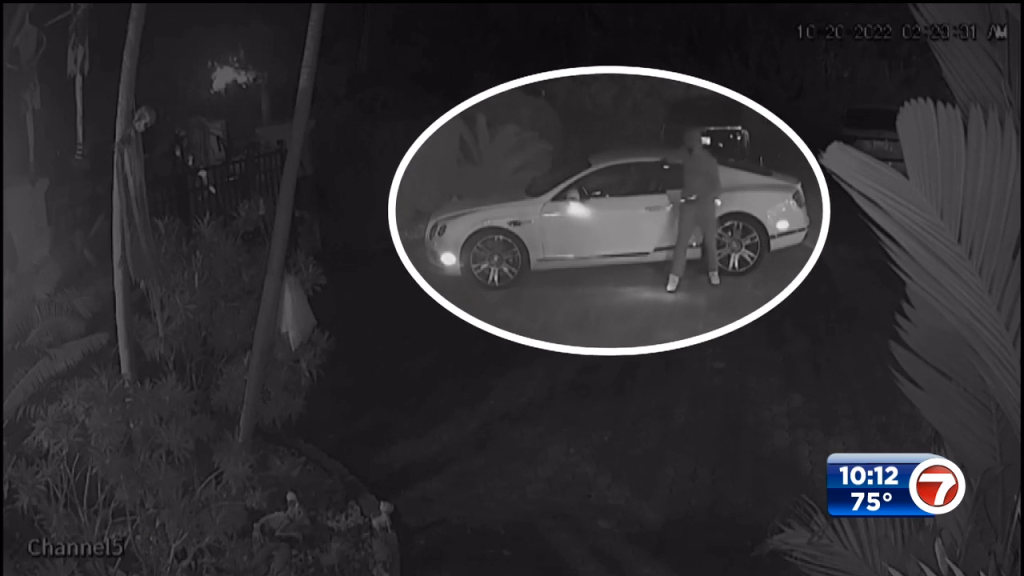Julia Child's 2-Ingredient Potatoes Are Some of the Best I've Ever Had
Potatoes and butter are all you need for this classic Julia Child recipe. I failed at making it in culinary school 15 years ago, but motherhood taught me the skills I needed to perfect this simple dish.


In culinary school, I once had to make a dish that haunts me to this day: Pommes Anna. This classic French potato dish is very simple on paper (just two ingredients!) but requires a fair bit of technique to master (or so I thought!).
You start cooking the potatoes on the stovetop, shingling them while basting the whole thing with butter. Once all the potatoes are layered, weigh down the potato cake and bake it until they are tender on the inside and impossibly crisp and brown on the outside.
At the time of my exam, I was just 23 years old and I crumbled under the pressure. My potatoes defied the laws of physics. They were at once overcooked and undercooked, pale and burnt, and, of course, they stuck to the pan. It was a complete and utter failure.
Recently, I was rewatching an episode of her iconic show, The French Chef, which was all about potatoes. When I came across the Pommes Anna portion of the show. My gut reaction was to skip ahead and spare myself the trauma. At second glance, I was so inspired by Child’s calm under chaos that I decided to give the dish another go.
At 39, my approach to the dish was much more logical. Sure, I didn’t have an intimidating chef breathing down my neck, but I did have three kids bouncing off the walls while I worked. Motherhood has taught me a lot, but in terms of cooking, the most important thing I’ve learned is don’t overcomplicate things. This dish is just potatoes and butter, how hard could it be?
How To Make Julia Child's Pommes Anna
If you are familiar with Child’s cookbooks, you’ll know that she goes into great detail in the introductions to her recipes. Her description of Pommes Anna in Mastering the Art of French Cooking, Volume Two clicked for me. It was much more approachable than the "cheffy" version I made in culinary school. In each step of the recipe, she tells you what to do should things go awry and gives active prompts to avoid calamity.
For 6 servings, you'll need:
- 2 sticks unsalted butter
- 3 pounds Yukon Gold potatoes
- Salt and freshly ground pepper
First, clarify the butter. This removes all of the milk solids so the butter can be heated to a higher temperature without burning. It’s a lot like browning butter but faster. Just melt the butter, skim off any scum, and spoon the clear butter off the milky residue that sinks to the bottom of the pan.
Then, prep the potatoes. I used Yukon Gold because, for this recipe, you want a waxy potato that will hold its shape once cooked. Peel the potatoes, then slice them 1/8-inch thick. The easiest way to do this is with a mandolin. Once they are evenly sliced, pat them dry so they can get nicely browned. Now the fun begins!

Layering the Potatoes
To an oven-safe pan, add 1/4 inch clarified butter and allow it to warm up over medium heat. Once it’s hot, the layering begins. Like parenting multiple children, you have to divide your attention here.
The bottom layer is the most important as it will face up when served, and the proper cooking of this layer will make or break whether or not the dish sticks to the pan. Take your time! Create a concentric circle of potato slices, leaving no gaps. Add a spoonful of butter, then repeat the layering process in the opposite direction. Continue layering, spooning butter over each layer, and sprinkling with salt and pepper.
I took Child’s advice and gave the pan a good shake after building each layer. This gave me a visual cue that the potatoes were not sticking to the pan. If I saw any slices clinging to the side, I dribbled a little butter in the area to loosen things up. I seasoned my potatoes with salt every two layers, or more accurately, when Julia told me to do so!
Once your potato cake is fully layered, you need to weigh it down. Luckily, I have two of the exact same frying pans, so I nested one inside the other and then used some heavy pot lids on top of that. I placed the whole thing on top of a rimmed sheet pan to catch any drips, then baked it covered at 450°F for 20 minutes and uncovered for about 25 minutes more.
Flip the Potatoes Fearlessly
When it emerged from the oven, I had a good feeling. The edges were deeply browned, and when I gave it a shake, I could see a bit of movement. I carefully poured off the excess butter (which can be saved for another use) and let the dish cool until I felt I could safely handle it (with pot holders, of course!). Now, the moment of truth: the flip.
My advice? Embrace your inner Julia and do it fearlessly! She cooked these dishes in front of a live audience on live TV, and sometimes the chaos was what made her show so amazing! Like ripping off a band-aid, it’s best to do the flip quickly. Set a plate that is slightly wider than the pan on top, then flip it over with confidence.
Luckily, unlike during my exam, this time I heard the comforting plunk of the potatoes releasing from the pan. Perhaps it was the rush of adrenaline (but more likely the copious amounts of butter!), but these were some of the best potatoes I’ve ever tasted.
This article has been sourced from various publicly available news platforms around the world. All intellectual property rights remain with the original publishers and authors. Unshared News does not claim ownership of the content and provides it solely for informational and educational purposes voluntarily. If you are the rightful owner and believe this content has been used improperly, please contact us for prompt removal or correction.







![News in a minute | 95 Zimbabweans arrested for anti-government protests [video]](https://www.thesouthafrican.com/wp-content/uploads/2025/04/GncPmASXEAAZ7PD1.jpeg.optimal.jpeg?#)




